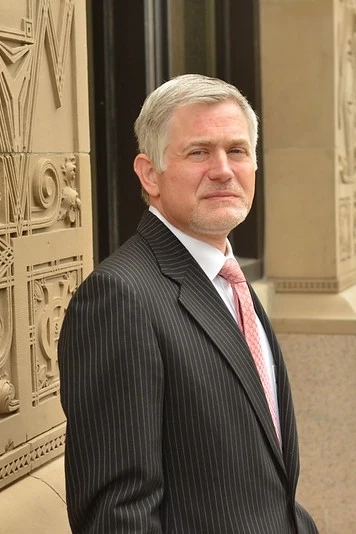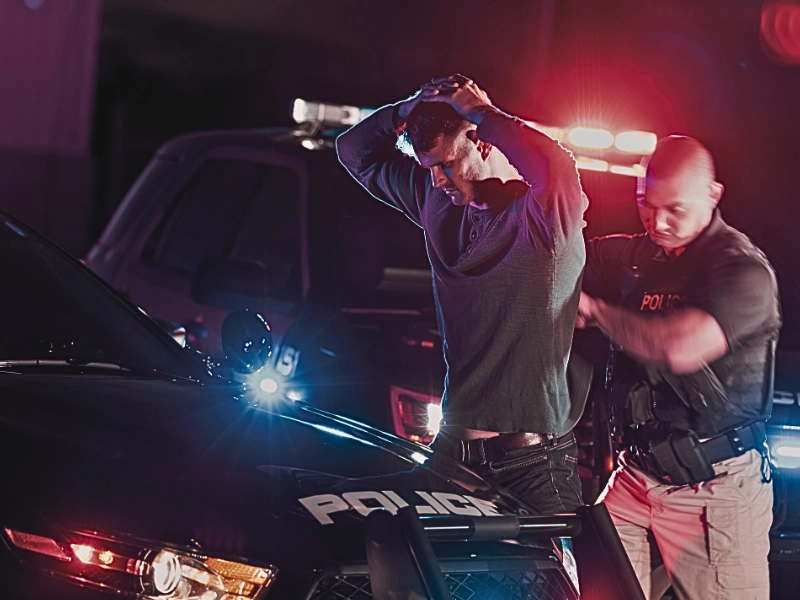In August, this blog reported the story of the Intoxilyzer Source Code for the embattled Intoxilyzer 5000ENmachine that is generally used across Minnesota in DWI cases. Minnesota DWI defense attorneys have brought challenges to the test results the machine produces to be used against Minnesota drivers. The scientific validity of the machine’s inner workings or Intoxilyzer Source Code is currently being appealed to the Minnesota Supreme Court, which could affect the outcome of the more than 4,000 Minnesota DWI cases that are involved in the consolidated Source Code case.
CMI, the company that produces the machine, is headquartered in Kentucky. It also makes an Intoxilyzer machine that is used in Florida. The sister machine down south is the Intoxilyzer 8000. DWI defense attorneys in that state are also challenging the reliability and accuracy of the inner workings of that machine.
Prosecutors in one Florida county announced last week that they are sending letters to defendants in roughly 100 DWI cases that they are not going to use the breath machine results in their prosecution of the cases. News reports and challenges over the embattled breath testing machines caused prosecutors to review the case files. Stories broke in the news that drivers were being convicted of DWI based upon faulty tests spit out by the breath testing machine.
One machine reportedly said it took breath samples of 10 to 12 liters of breath from some drivers, even though the drivers could only have a maximum lung capacity of about five liters. Apparently, state officials may have been aware of issues with the breath testing machines for years, but did nothing about it as drivers were being convicted by the faulty tests.
At least one judge refuses to accept Intoxilyzer results from one of the known faulty individual machines. But recent testing by state authorities shows that roughly 40 percent of the machines across that state have been measuring impossible results.
The difficulty apparently goes both ways. A machine that incorrectly reads one liter of breath as two liters could be testing a bad sample. The machines are supposed to ensure the sample being measured comes from deep in the lungs. Misreading the volume could allow the machine to read a sample from the roughly 1.1 liters or breath exhaled from the esophagus, mouth or throat. That is an invalid sample that bears little correlation to blood alcohol content.
On the other hand, reading two liters as one could result in the machine’s determination that the person being tested is not supplying a full sample. In Minnesota, prosecutors can charge a person with DWI test refusal if the individual does not provide a sufficient sample. DWI test refusal can enhance a misdemeanor allegation to a gross misdemeanor under Minnesota law.
DWI cases in Minnesota also have a companion issue related to the driving privilege of the accused. Under implied consent law, the state revokes the driver’s license of those charged with DWI for various durations based upon the level of the charged offense. The timeline to challenge a revocation is short. It is important to consult with an experienced DWI defense attorney as soon as possible after an arrest.
Source: Sarasota Herald-Tribune, “Prosecutors drop breath-test machine evidence in 100 DUI cases,” Todd Ruger, Oct 12, 2011






